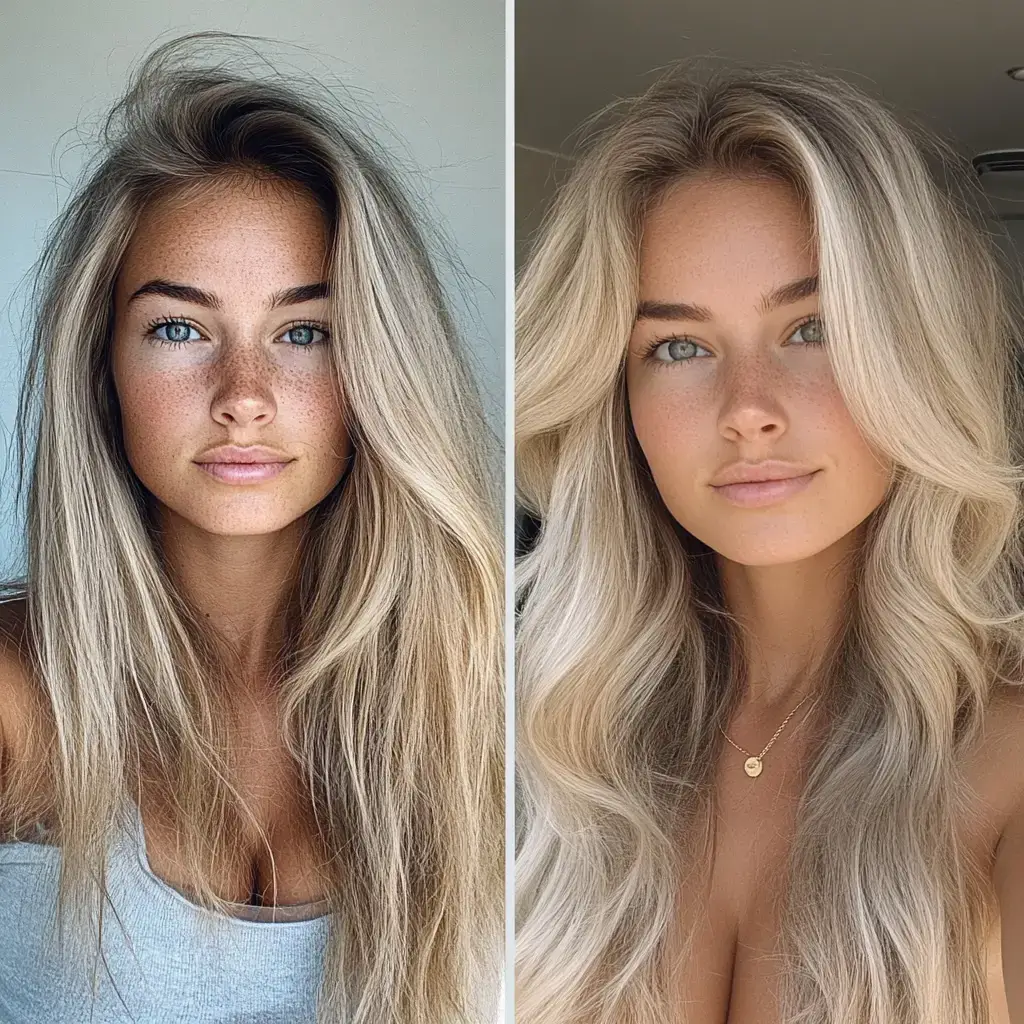Before/After Photos That Actually Convert
In the world of plastic surgery, few marketing tools are more powerful than before-and-after (B/A) photos—yet so few practices use them effectively. It’s not just about showing the results anymore. In 2025, converting new patients requires optimizing your A/B presentation to build trust, evoke emotion, and guide decision-making.
This blog breaks down how to strategically use before-and-after photos not just as portfolio pieces—but as sales assets that drive consultation bookings.
1. Create a Visual Journey, Not a Gallery
The biggest mistake we see? Random, disconnected before-and-after images dumped into a grid with zero context.
Instead, build case studies. For each featured patient, show:
- A brief background (age, goals, lifestyle)
- The concern they came in with
- The solution you provided (procedure + why)
- The result (with timeline)
- A quote or testimonial
People don’t want just pictures—they want a story they can see themselves in.
2. Use Smart Captions That Pre-Sell
Don’t just label images with “3 months post-op.” Use captions to guide the viewer’s thought process.
Examples:
- “Sarah wanted a more youthful profile—this result was achieved with a mini facelift and no fillers.”
- “A subtle change, but confidence-boosting for this 47-year-old mom who was nervous about surgery.”
- “No more double chin after a quick, 90-minute neck lipo session. This photo is 4 weeks post-op.”
These captions speak to objections and goals your prospective patients have. They sell without being salesy.
3. Segment Galleries by Persona, Not Procedure
Instead of organizing photos by treatment (e.g., “Facelifts,” “Rhinoplasty,” “Body Contouring”), try grouping them by client type:
- Moms looking for body restoration
- Men wanting subtle facial enhancements
- Patients over 60 going for natural aging support
- Ethnic rhinoplasty transformations
Why? Because people shop by identity, not medical terminology. When someone sees a person who looks like them, with the same concerns, they think: “That could be me.”
4. Retarget Viewers with the Same Faces
If someone spends 45 seconds looking at a particular patient’s journey on your site, don’t let them disappear.
Retarget them on Instagram or Meta Ads with:
- A video of the same patient sharing their story
- A close-up carousel of their transformation
- A promo offer for a consultation on the same procedure
Consistency creates familiarity. Familiarity builds trust. Trust leads to bookings.
5. Shoot the “After” Like a Campaign
Too often, “after” photos look just like the “before”—same lighting, same pose, sterile expression. If the goal is confidence, show it.
Take the time to shoot your “after” photo like it’s for a luxury skincare ad:
- Let the client smile
- Use soft, flattering lighting
- Capture movement, not just angles
- Include lifestyle shots (e.g., walking, laughing, interacting)
With consent, let your patients feel like models. You’ll tell a story of empowerment and joy, not just surgery.
6. Integrate Interactive Before/After Sliders
Your website and landing pages should feature interactive sliders where visitors can swipe between before and after. This small UX improvement increases engagement significantly.
Use sliders in:
- Consultation booking pages
- Blog posts about specific procedures
- Your homepage hero banner
- Paid ad landing pages
Bonus: Add a call-to-action button directly below the slider (e.g., “Want results like this? Book a consult”).
7. Combine Visuals with Video Testimonials
Photos are powerful. But when you layer them with emotion, you supercharge the impact.
Pair B/A photos with:
- A short-form testimonial clip from the client
- A voiceover of them reading their review
- A timelapse reel of their journey from consult to recovery
This content performs extremely well on Reels, YouTube Shorts, and TikTok—especially when real emotion is visible.
8. A/B Test Image Positioning in Ads
We’ve run dozens of plastic surgeon campaigns where just moving the “after” photo to the left increased clicks by 22%. Why?
Most people process left-to-right. When they see the result first, their brains anchor to the positive.
Try testing:
- After-before vs. before-after layout
- Monochrome before vs. color after
- Smiling vs. serious expressions
Let data—not just aesthetics—guide how you show your results.
9. Stay Within Ethical & Platform Guidelines
Facebook and Instagram are strict with B/A photos. They prohibit:
- Images that focus on “problem areas”
- Close-ups of body parts (e.g., abdomen, breasts, thighs)
- Language like “fix,” “correct,” or “get rid of”
Best practices:
- Show full body or face, not cropped zones
- Use empowering language like “enhance,” “restore,” “highlight”
- Pair images with disclaimers (e.g., “Individual results vary”)
Staying compliant protects your ad account and builds professionalism.
10. Make Before/After a Campaign, Not a File Folder
Your B/A photos aren’t a passive asset—they’re a marketing engine.
Use them to:
- Create monthly “Transformation Spotlights”
- Launch “Ask Me Anything” campaigns with past patients
- Run seasonal promotions inspired by popular cases
- Build email automations (“See What’s Possible” series)
Every single image should drive awareness, action, or retention.
Final Takeaway
In 2025, before-and-after photos are no longer optional—but they must be strategic. When planned with purpose, styled with care, and deployed across platforms, your B/A content becomes more than proof—it becomes the reason people book.
At Prime Aesthetic Media, we specialize in turning your real results into real revenue. If your photos aren’t converting, it’s time to transform the way you present your transformations.

